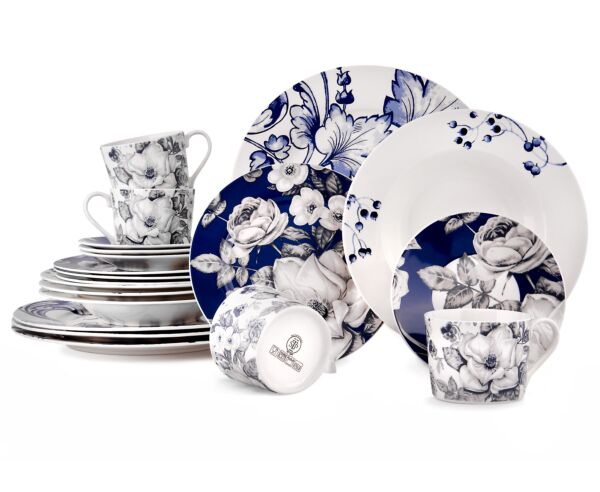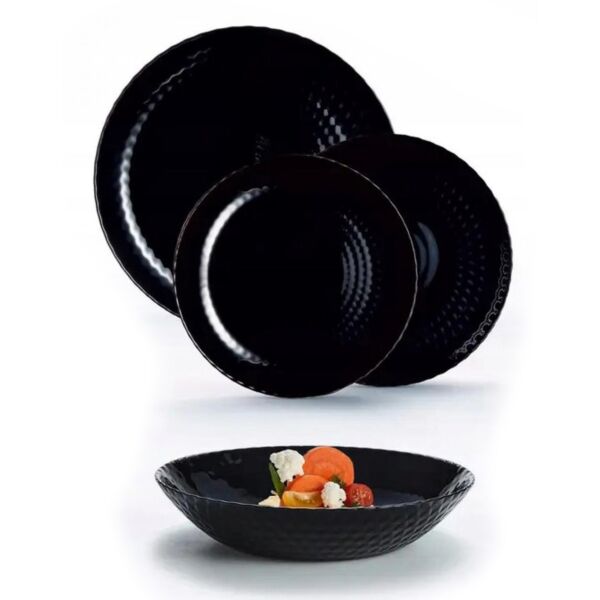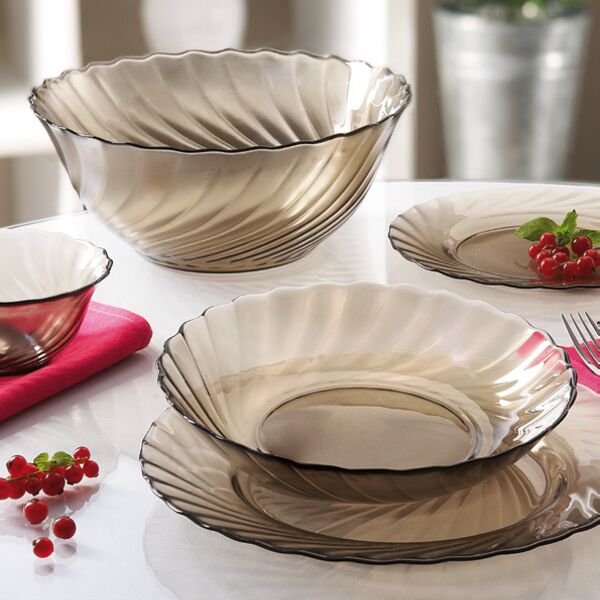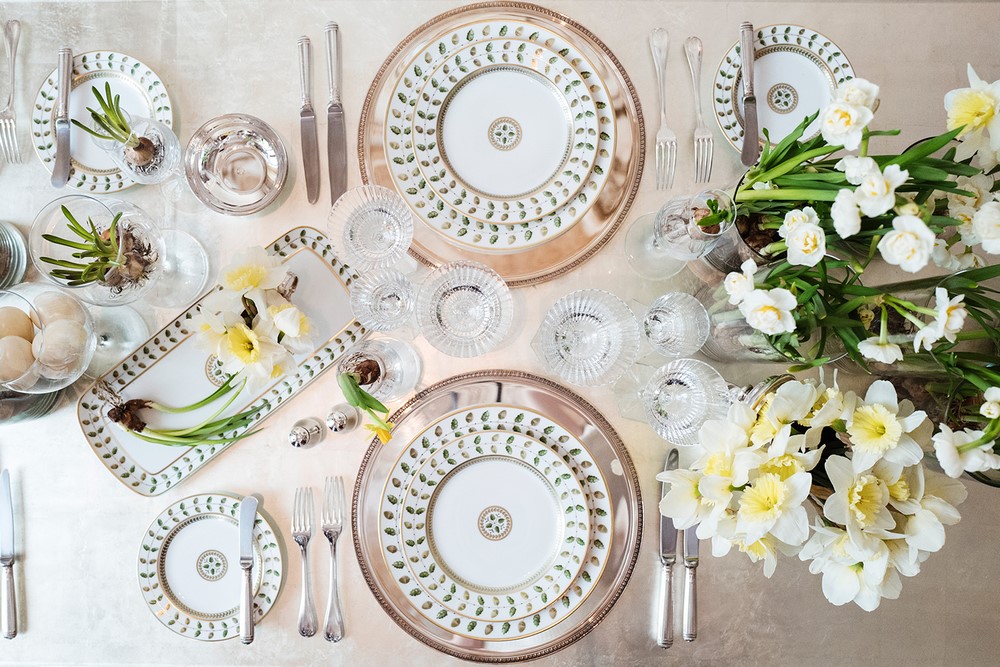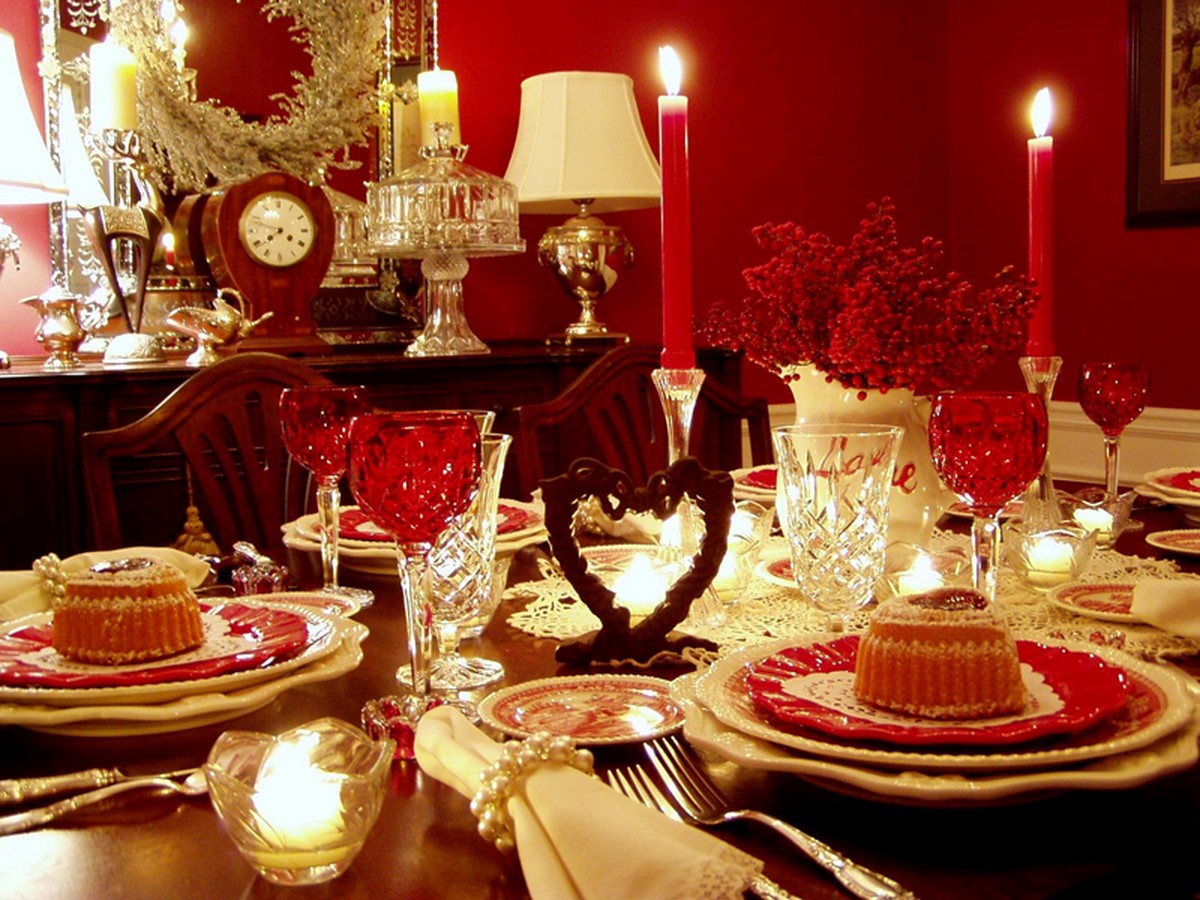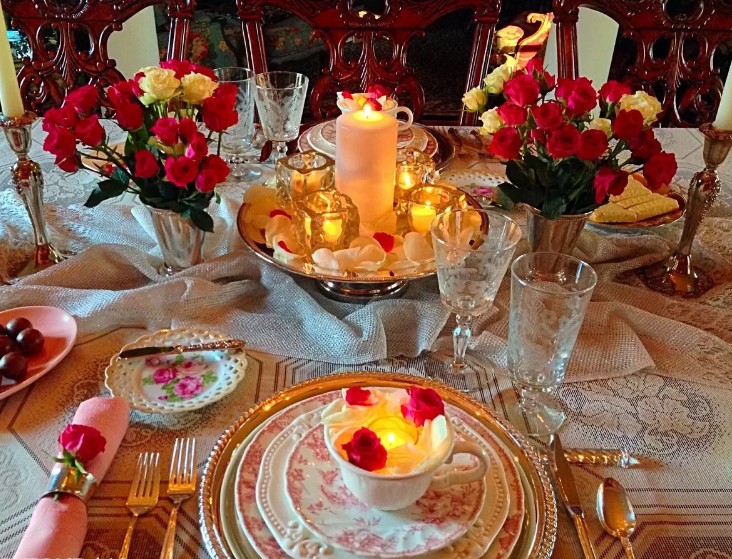Bestsellers
Go to filters
-
 $139.99 $104.00
$139.99 $104.00 -
 $129.99 $104.00
$129.99 $104.00 -
 $129.99 $104.00
$129.99 $104.00 -
 $159.99 $119.00
$159.99 $119.00 -
 $129.99 $104.00
$129.99 $104.00 -
 $129.99 $104.00
$129.99 $104.00 -
 $99.99 $80.00
$99.99 $80.00 -
 $99.99 $80.00
$99.99 $80.00 -
 $99.99 $80.00
$99.99 $80.00 -
 $279.99 $200.00
$279.99 $200.00 -
 $149.99 $120.00
$149.99 $120.00 -
 $24.99 $20.00
$24.99 $20.00 -
 $24.99 $20.00
$24.99 $20.00 -
 $24.99 $20.00
$24.99 $20.00 -
 $29.99 $24.00
$29.99 $24.00 -
 $239.99 $192.00
$239.99 $192.00 -
 $139.99 $104.00
$139.99 $104.00 -
 $269.99 $229.49
$269.99 $229.49 -
 $259.99 $219.49
$259.99 $219.49 -
 $259.99 $208.00
$259.99 $208.00 -
 $799.99 $450.00
$799.99 $450.00 -
 $79.99 $70.00
$79.99 $70.00 -
 $94.99 $70.00
$94.99 $70.00 -
 $89.99 $70.00
$89.99 $70.00 -
 $89.99 $60.00
$89.99 $60.00 -
 $89.99 $80.00
$89.99 $80.00 -
 $69.99 $55.00
$69.99 $55.00 -
 $129.99 $104.00
$129.99 $104.00 -
 $139.99 $80.00
$139.99 $80.00 -
 $139.99 $112.00
$139.99 $112.00




